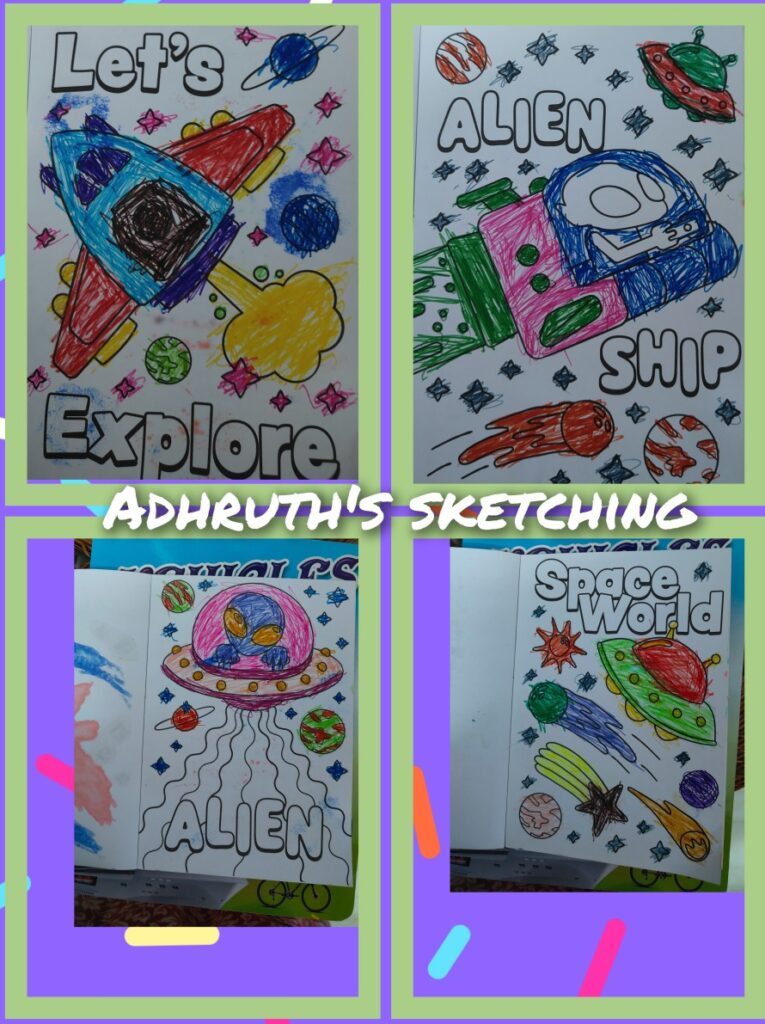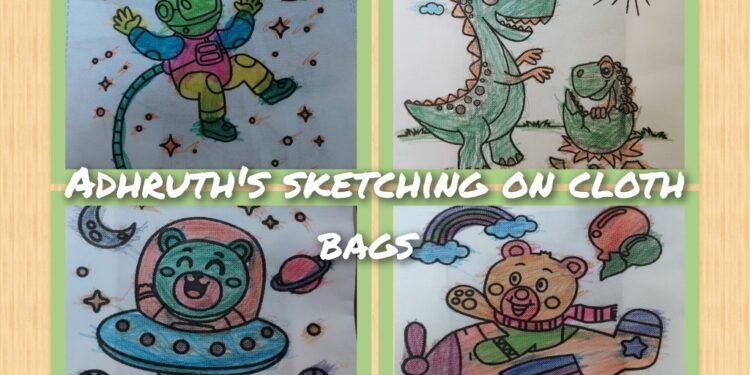World Autism Awareness Day, observed annually on Apr.2, aims to increase understanding and acceptance of Autism Spectrum Disorder (ASD). Autism is a neurodevelopmental condition characterised by differences in social interaction, communication, and behaviour. It is a spectrum disorder, meaning it affects individuals differently, ranging from mild to more significant challenges.
Early diagnosis and support can help individuals with autism lead fulfilling lives. Many people with autism have unique strengths, including attention to detail, creativity and strong memory skills. Creating an inclusive society with accessible education, employment opportunities and social support is essential in empowering individuals on the spectrum.
Our neighbourhood was elated to see the wooden pathways at Elliot’s Beach, launched on Feb.11, so that the disabled and the neurodiverse could also enjoy the dashing waves. We at Adyar Times are eager to see the neighbourhood be more inclusive and support everyone, regardless of their abilities. Here, we present the experiences of Divya Lakshmanan, who talks about art therapy for her autistic child.. She says…
When our child was diagnosed with Autism, as first-time parents, the emotional toll was significant. After a lot of thought processes, we decided on positive parenting by ensuring our son was in a happy and relaxed environment by introducing him to numerous fine and gross motor activities. That’s when we identified his interest in arts (music, colouring, painting) and physical activities. This became a great source to channel his energy, express his emotions and connect with people and surroundings, thus helping him regulate his stimming behaviours.

When our son was three years old, we introduced him to finger painting, colouring books, crayons and watercolours by working on simple illustrations with our constant guidance and encouragement. This satisfied his sensory stimulus, and he enjoyed exploring them. Slowly, we increased the difficulty level and time spent on colouring. To our surprise, this created a healthy parent-child relationship, increased his vocabulary levels, colour identification ability, sitting tolerance, attention span and comprehension levels (including attentive listening and following basic instructions), thus reducing his hyperactivity and restlessness.
It also improved his hand-eye coordination, muscular movements (finger grip and balancing of smaller objects), logical reasoning and observation skills by setting the base for his schooling activities such as tracing, joining the dots and colouring, writing alphabets and numbers in upper and lower case and any other craft or handwork activities.
Next, we enrolled our child in colouring competitions and rewarded him for his efforts and achievements. We taught our child that participation and exposure are more important than winning prizes. This ensured that our child was in a stress-free environment and performed well without being pressured. Such a creative outlet gave him the scope for socialising, overcoming his inhibitions and communicating his thoughts freely (which were difficult to verbalize).
I conclude by saying that an art form is a therapeutic and empowering experience for every child and adult.
Divya is a resident of Sastri Nagar and can be reached at [email protected].












Kudos! Adruth… vividly colorful sketches…
Early diagnosis, timely action, and continued support can make a difference in these young minds….most often, the porblems remain undiagnosed…